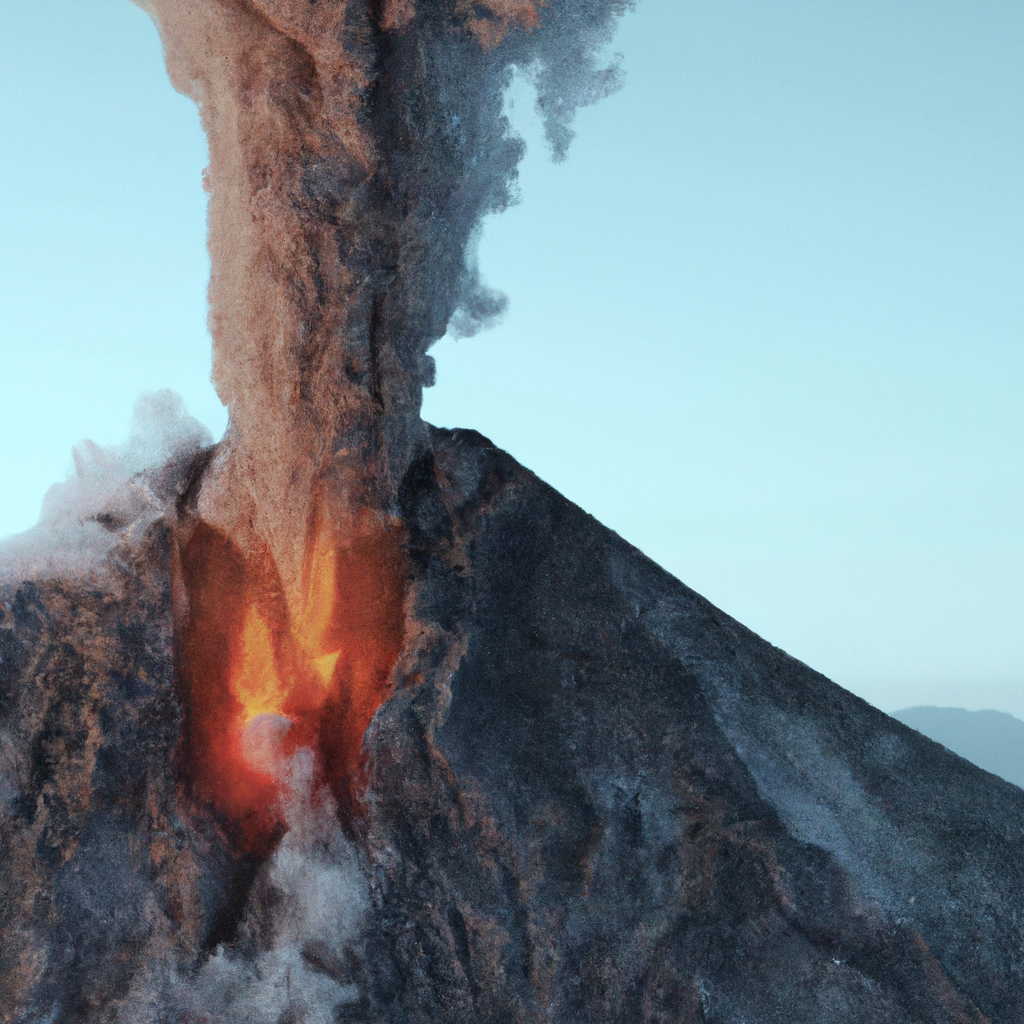Volcanic eruptions are one of the most catastrophic natural disasters that can occur, and they have been responsible for countless deaths and the destruction of entire cities. Scientists have been studying volcanoes and developing prediction methods for decades in an attempt to minimize the damage caused by these eruptions. In this article, we will explore the various methods scientists use to predict volcanic eruptions and how they work.
Seismic Activity
Seismic activity is one of the most commonly used methods for predicting volcanic eruptions. Scientists use seismometers to measure earthquakes and other vibrations in the earth’s crust. When magma moves beneath the surface of the earth, it can cause earthquakes that are detected by these seismometers. By monitoring the frequency and intensity of these earthquakes, scientists can determine if there is an increased likelihood of a volcanic eruption.
Magma Chamber Monitoring
Another method used to predict volcanic eruptions is monitoring the activity of the magma chamber beneath the volcano. Magma chambers are large pockets of molten rock that are located beneath the earth’s surface. When the pressure inside the magma chamber builds up, it can cause an eruption. Scientists monitor the activity of these chambers by measuring the temperature, pressure, and gas levels inside the chamber. If these levels increase rapidly, it could be a sign that an eruption is imminent.
Gas Emissions
Gas emissions are another important indicator of volcanic activity. Volcanoes release a variety of gases, including sulfur dioxide and carbon dioxide, during eruptions. Scientists can measure the amount of gas being released from a volcano to determine if there is an increased likelihood of an eruption. If the levels of gas being released increase rapidly, it could be a sign that an eruption is imminent.
Eruption Forecasting
Once scientists have gathered data from these various monitoring methods, they can use it to make an eruption forecast. An eruption forecast is an estimate of the likelihood, timing, and size of a volcanic eruption. This forecast can help local authorities to evacuate people from the area and take other precautions to minimize the damage caused by the eruption.
Conclusion
In conclusion, predicting volcanic eruptions is a complex and challenging task that requires the use of multiple monitoring methods. Seismic activity, magma chamber monitoring, and gas emissions are just a few of the methods that scientists use to predict volcanic eruptions. By gathering data from these various sources, scientists can make an eruption forecast that can help to minimize the damage caused by these catastrophic natural disasters. While we may never be able to predict volcanic eruptions with complete accuracy, these methods have helped to save countless lives and reduce the damage caused by these devastating events.







